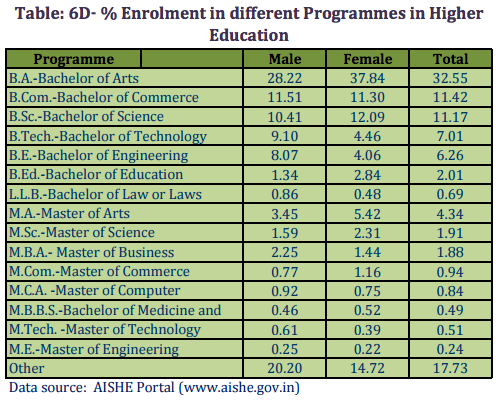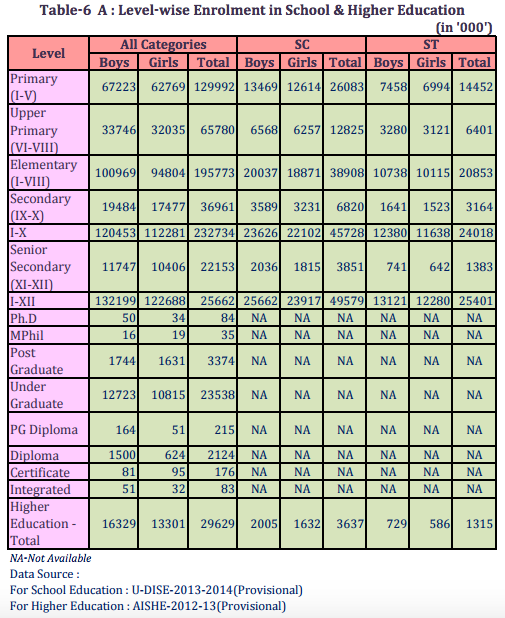Chaitanya and Paresh became friends during graduation. Paresh was a year senior to Chaitanya and also his mentor in many ways. Chaitanya always wanted to get into an IIM, and he realised his dream when he got through to IIM Bangalore in 2015.
“Congratulations Lord Chaitanya! You have brought great honour to your house!”, remarked Paresh when he called Chaitanya to congratulate him.
“Haha! Thank you Lord Paresh! Very soon you will hear MBA jargons and not GoT speech from me!”, replied Chaitnya.
“I’m looking forward to it! Also, looking forward to you finding your lady there… I mean seriously, like minded people spending 2 years together on campus… sounds fascinating”, said Paresh.
“Sounds fascinating, but…”, remarked Chaitanya.
“But for the incredibly low number of females… Hmmm… I know… It is strange… I have read up a lot on this but never been able to figure out why?”, said Paresh, completing Chaitanya’s thoughts.
“Well, I’m happy enough concentrating on my professional life for now. I’ll leave the troubles of the heart for some other day”, replied Chaitanya.
“Of course, there are more important matters for today. We have a night of hard partying ahead of us!!”
We used a romantic trope to introduce a very serious issue. Hopefully, the story above does not make it seem too trivial.
We want to analyze if getting into IIMs is particularly difficult for females. The best way to do this would be to answer some questions that arise naturally on thinking about this.
1) What proportion of total CAT takers are females?
There are no outright statistics available for this. The IIMCAT official website does not provide details of gender break-up. However, an ET article related to gender diversity states that the for the past few years the proportion has been a consistent 29-30%.
Outrightly, we can see that far fewer females appear for CAT. Obviously then, the total number that go through is going to be much smaller than the number of male students.
2) Is CAT syllabus tougher to deal with for female candidates?
The question itself seems ludicrous. One cannot say that male students have an edge in verbal ability, or quantitative aptitude. We can categorically state that cracking CAT is as easy/difficult for female candidates as for male candidates.
3) Is management not a preferred choice for higher education amongst females?
The following statistics provided by the Ministry of Human Resource Development can help us reach an answer. The data has been picked up from the ‘Educational Statistics at a Glance’ report of 2014. It pertains to population statistics based on 2012-13 numbers.
PRAQTISE Factfile- Percentage male and female enrolments in Higher Education levels in India

We can easily see that a higher percentage of total male students enrol for MBA than female students.
Secondly, at the Bachelor’s level, there is a significant difference in percentage enrolment between male and female students for engineering. It is well known that the majority of MBA students are engineers. This disparity will therefore further accentuate the number gap between the genders in IIM colleges.
Also, we can notice a strong preference in female students for Arts and Commerce degrees.
The following table will clear the picture even further:
PRAQTISE Factfile: Male and female enrolments in numbers for different levels of education

‘PG Diploma’ is the category we should be looking at. The degrees awarded by most of the premier institutes are in fact PG Diplomas in Management. There is a huge difference in the number of male and female enrolments for ‘PG Diploma’.
Finally, gender diversity in IIM colleges – what’s the score?
We compiled batch profile data for 5 of the older IIMs.
PRAQTISE Factfile: A look at the gender ratio statistics of IIMs
| Institute | Batch | % of female students |
| IIM Ahmedabad | 2016-18 | 21% |
| 2015-17 | 14% | |
| 2014-16 | 29% | |
| IIM Bangalore | 2016-18 | 28% |
| 2015-17 | 28% | |
| 2014-16 | 23% | |
| IIM Calcutta | 2015-17 | 20% |
| 2014-16 | 24% | |
| IIM Lucknow | 2015-17 | 32% |
| 2014-16 | 46% | |
| IIM Kozhikode | 2015-17 | 25% |
| 2014-16 | 35% |
The numbers should not be a surprise now.
A Praqtical look: Are IIMs taking steps to improve gender diversity?
Indeed they are. Here are some of the steps taken by various IIMs over the years for promoting gender diversity:
- IIM Calcutta awarded 3 out 100 points to women in 2013, and will be awarding 2 points for gender diversity in the 2017-19 batch.
- IIM Lucknow gave a weightage of 5 out of a total of 50 for women applicants in 2014.
- IIM Kozhikode created history twice. There were 100 girl students in the 2010 batch, highest in the history for IIMs till then. Also, 53% of the 2013-15 batch were women.
- IIM Indore introduced a diversity factor of 3 for women from its 2015 batch.
- Newer IIMs such as Kashipur and Rohtak have also introduced criteria favouring gender diversity.
What do you think about the lower number of females in IIMs? Let us know in the comments.
